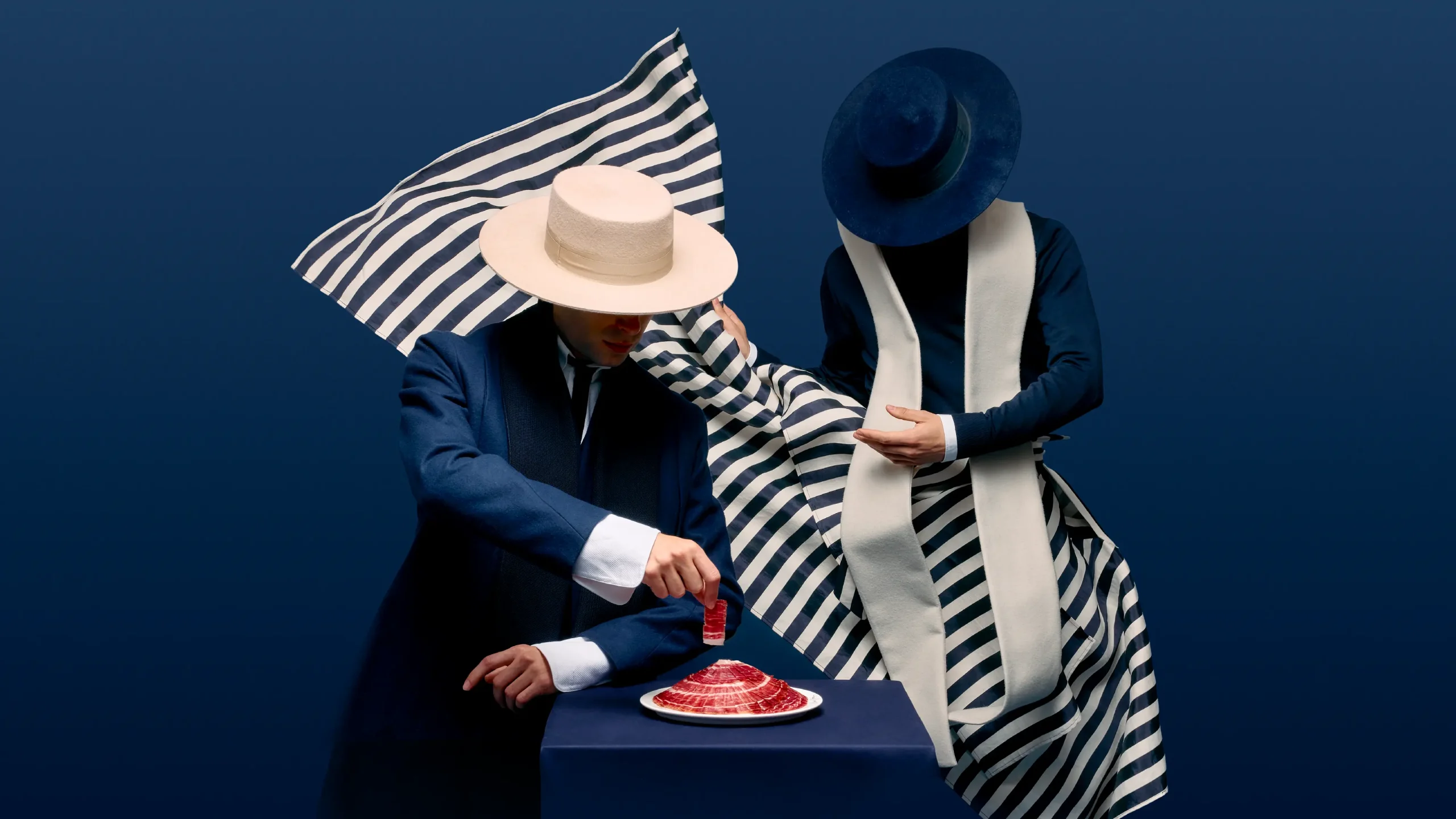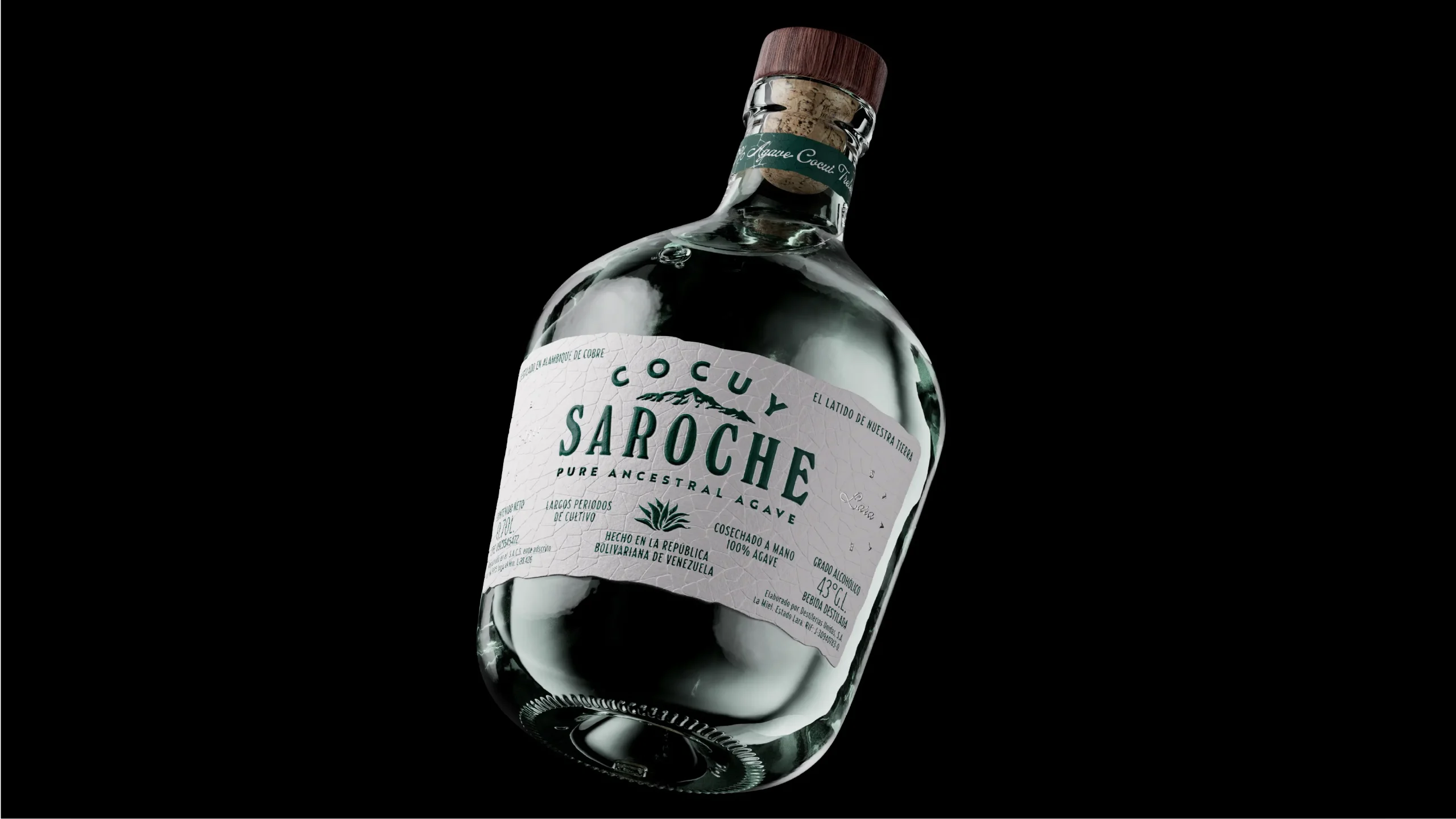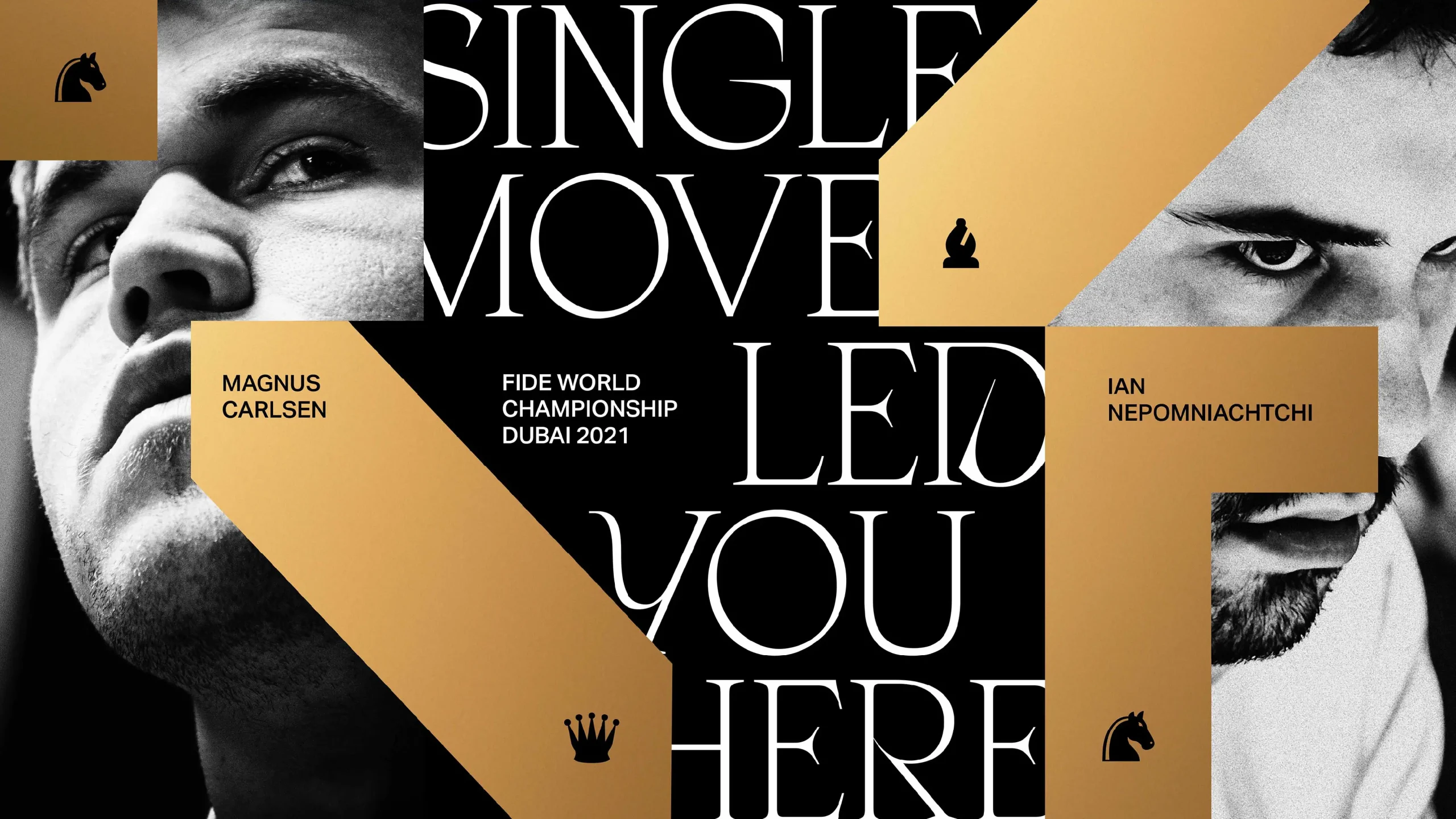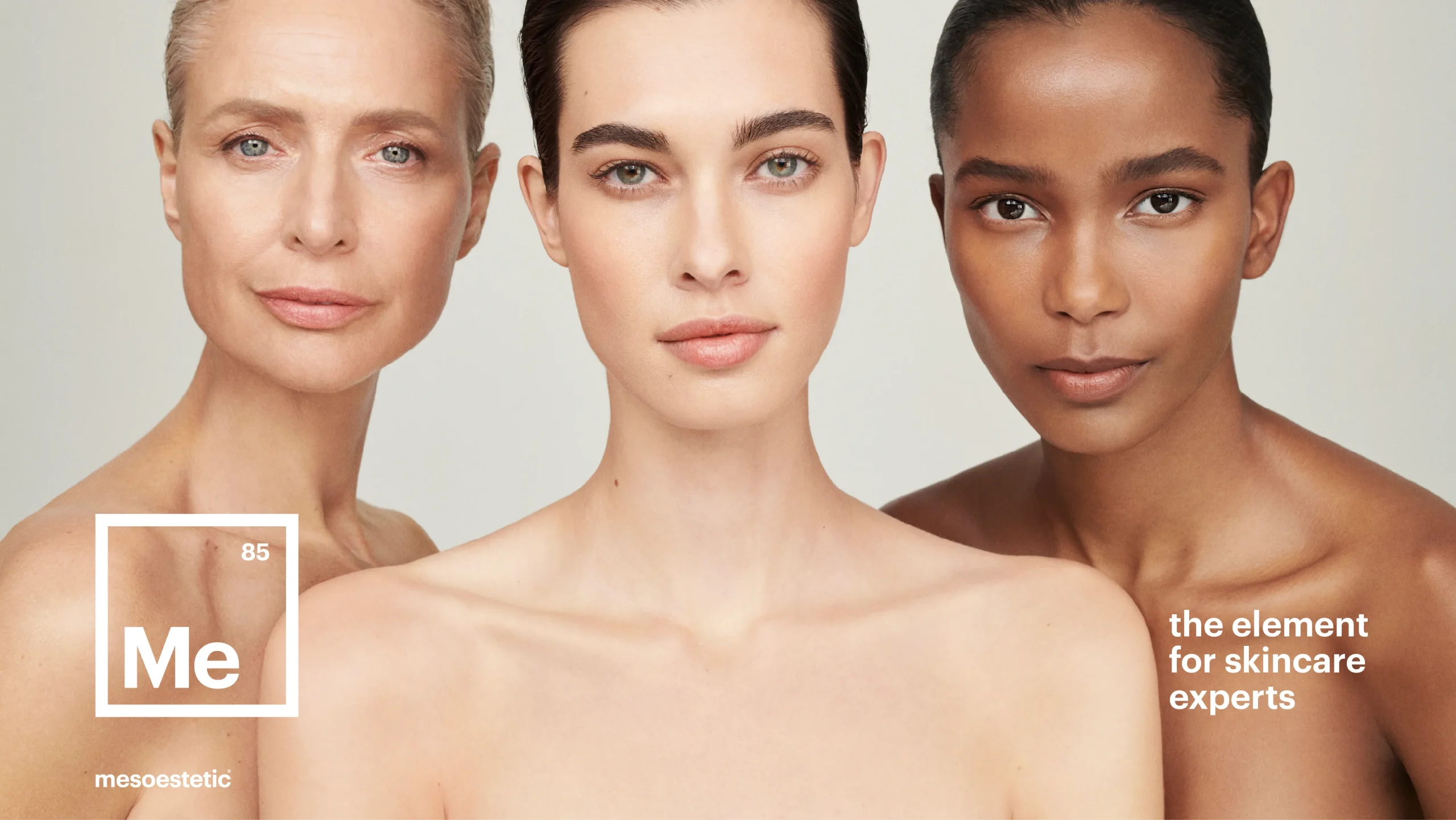Brands are constantly talking to their audiences. Whether it’s through campaigns, social media, or events, every interaction should reflect the brand’s strategy and visual identity. A communication project translates a brand’s essence—visually or verbally—into creative, consistent materials that make it stand out and connect.
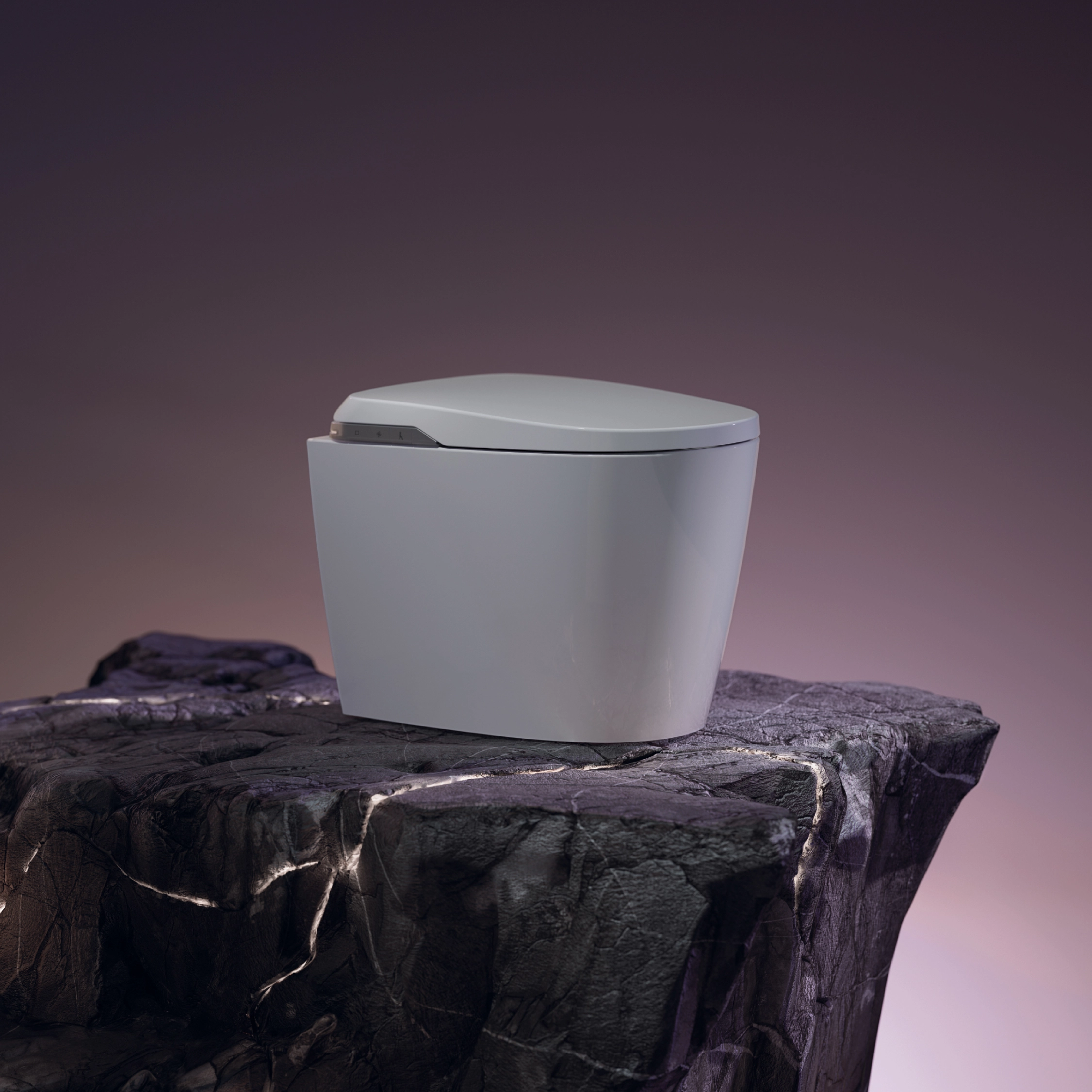
Why do we need it?Communication pieces are a brand’s most direct touchpoint with its audience. All messages must communicate its identity and align with its goals—whether they’re visibility, standing out, or staying relevant. A misaligned campaign may fail to make an impact on the brand’s audiences—both internal and external—ultimately affecting the desired positioning.
What does it involve?
Ensuring brand recognition and consistency means defining key elements and establishing a comprehensive identity: graphic language, photographic style, locations, materials, projected consumer profile, and representation of the brand values in communications. A defined brand universe generates adaptable, versatile communications while maintaining visual coherence and differentiation.
Communication is often developed by various people working within the brand, making it essential to establish a key visual as a reference for layouts. This ensures consistent application of the brand language in future communications, reinforcing consumer recognition.
In communication campaigns, the Big Idea is the central pillar that unifies all creative pieces. This visual and graphic concept translates the brand essence into clear, effective messages. The creative concept should be simple, impactful, and adaptable so it resonates with the target audience across multiple formats and channels to enhance recall in a crowded market.
Design and production of graphic and audiovisual pieces that follow the defined visual identity and key visuals, ensuring consistency across all brand touchpoints, a process known as “roll-out.”
FAQs
A key visual sets the graphic elements and communicative style of a brand. It acts as a guide for marketing campaigns, regardless of audience, channel, or objective, ensuring consistency.
A Big Idea is a simple, actionable creative concept that visually embodies the brand strategy.
Yes, but this often results in short-term tactical campaigns that fail to build a medium-term vision, confusing the audience.
A lack of visual identity can cause inconsistencies, weakening the message and impacting recognition and positioning. A defined visual framework provides reference points for creating effective campaigns.
No, each brand has its own style and needs. Communication intensity and channels may differ, but all brands convey messages in some form.
Visual consistency strengthens brand recognition and identity, ensuring that all touchpoints communicate the same message and values.
